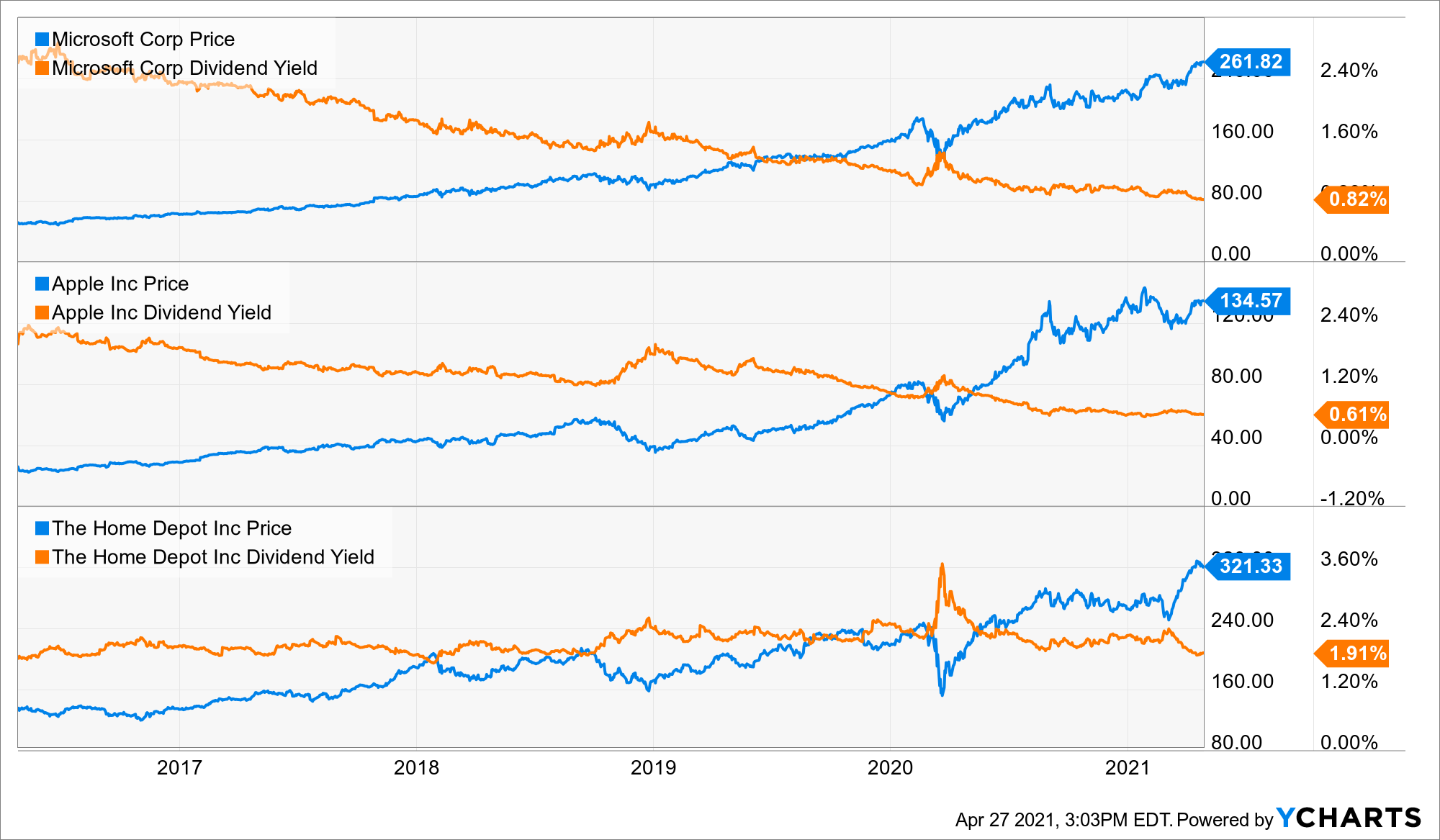Stocks are phenomenal instruments for building long-term wealth and passive income. Especially high-quality dividend growth stocks. These are stocks that represent equity in world-class enterprises that are paying reliable, rising dividends.
How are they able to do that? Because they’re producing reliable, rising profits. And that’s because they’re providing the world with the products and/or services it demands.
By doing so, they’re able to make gobs of profit, which they directly share with their shareholders. But you might be thinking, why not just go after the highest-yielding stocks out there.
A stock yielding 10% must be much better than a stock yielding 3%, right? Well, not really.
One of the biggest mistakes I’ve made as an investor is to chase yield. And I want to save you from making the same mistake.
If your goal is to build sustainable and rising wealth and passive income, you should generally avoid high-yielding stocks. I’m talking about stocks yielding five or more times what the broader market offers.
When you see a yield of 8%, 9%, 10%, or higher, that’s almost always a red flag. Why?
Let’s dig in.
Let me start this off by being very straight with you.
High-yielding stocks are very often junk stocks.
That’s right. When you see a stock with a super high yield, your first inclination should be to automatically assume it’s a junky business. Unless we’re in the midst of some kind of highly abnormal situation, like the pandemic crash last March, which can create a situation where otherwise quality stocks are temporarily and accidentally offering very high yields, a high-yielding stock is often a poor long-term investment.
Instead of chasing after stocks with yields of 10%, you should be thinking about investing in high-quality dividend growth stocks with yields of between 1% and 5%.
High-quality dividend growth stocks don’t usually offer a super high yield. They don’t have to. Their stocks are in demand, which drives up the valuation and lowers their yield. All else equal, price and yield are inversely correlated. So a higher price will result in a lower yield. High-yielding stocks sucker you with that high yield on the sticker, but you gotta look under the hood.

What will you usually find when you actually look at the fundamentals? A poor business.
That’s often evidenced by a long history of cutting dividends instead of raising them. It’s a long-term cycle of value and income destruction, where the business will routinely cut its dividend and see its share price drop. But the yield will stay high because of the dividend staying somewhat intact and the price dropping so much. A 10%-yielding stock that cuts its dividend by 20% and sees its stock drop by 20% will still yield 10% – which can trick new investors into thinking they’ve got something good.
I’ll give you an example of how chasing yield can eat away at your wealth and passive income.
I’ve heard so many investors over the years tell me how I should buy Annaly Capital Management (NLY). They’ve touted the yield and pointed to how that could produce a lot more dividend income than the lower-yielding stocks that I typically invest in.
Well, I’m glad I didn’t listen to these yield chasers, because this is a perfect example of what a poor long-term investment looks like, despite its high-yielding appearance.
The very first thing you must do as an investor is to look at and understand what a business does. You should always be thinking like an owner.
And what does this business do?
Full story on DailyTradeAlert.com




Leave a Comment